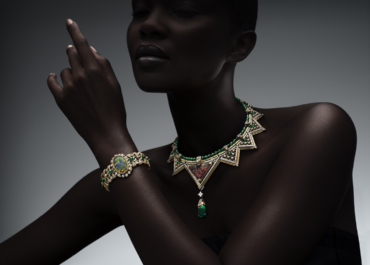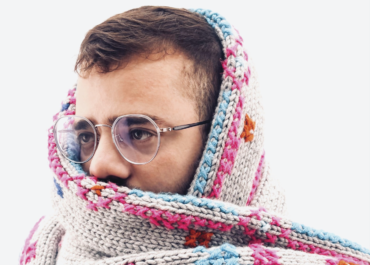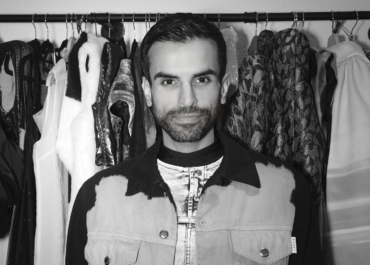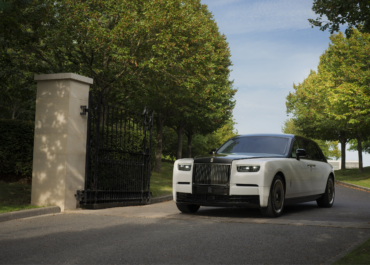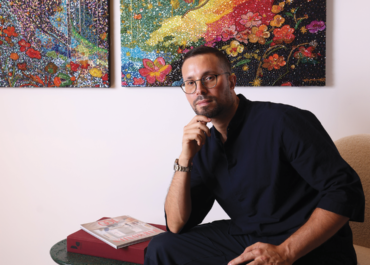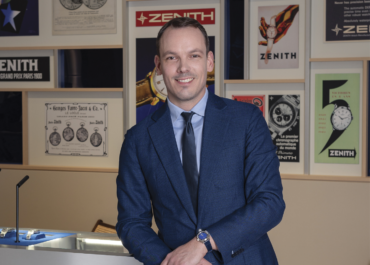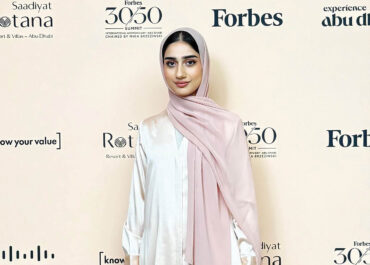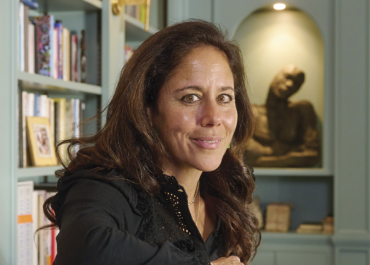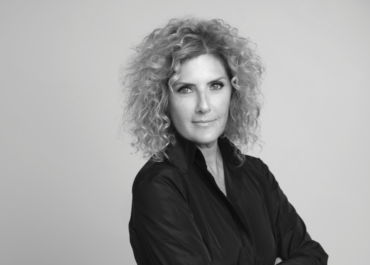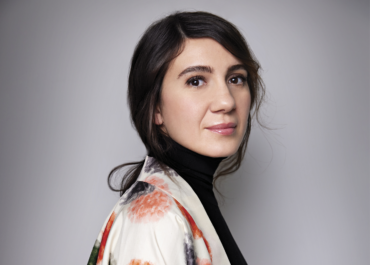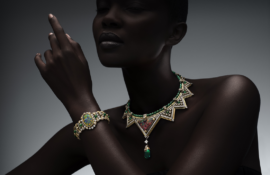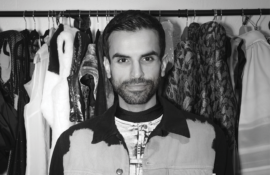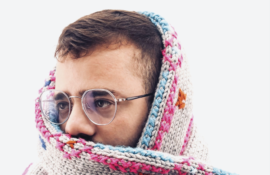In the world of art, women from the Middle East stand out as powerful storytellers, innovators, and leaders.
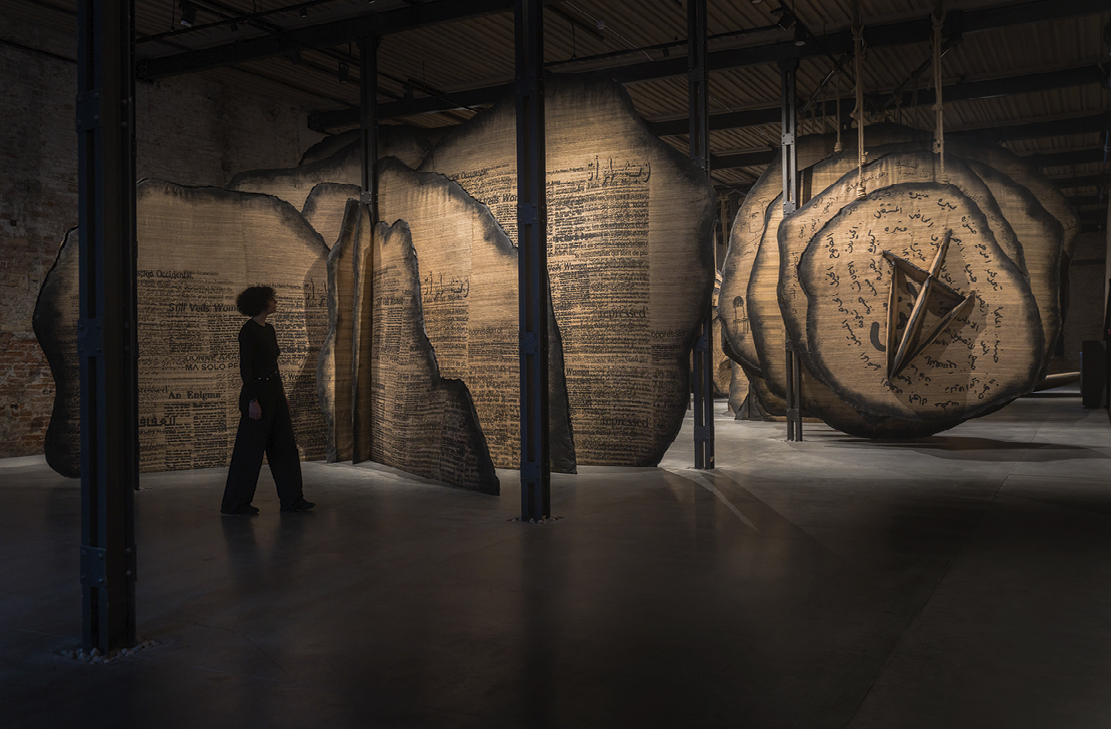
Their practices are urgent, poetic, and unapologetically rooted in the complexities of identity, memory, and transformation. Today, they are not only shaping the regional scene but also commanding attention on the world stage.
Reclaiming Narratives
For too long, women artists from the Middle East were overlooked in both regional and global narratives. That silence has been broken. Saudi Arabia’s Manal AlDowayan, selected to represent her country at the 2024 Venice Biennale, has become emblematic of this shift. Her work, woven with themes of memory, community, and the hidden stories of women, creates a language that is both specific to Saudi Arabia and universally resonant.
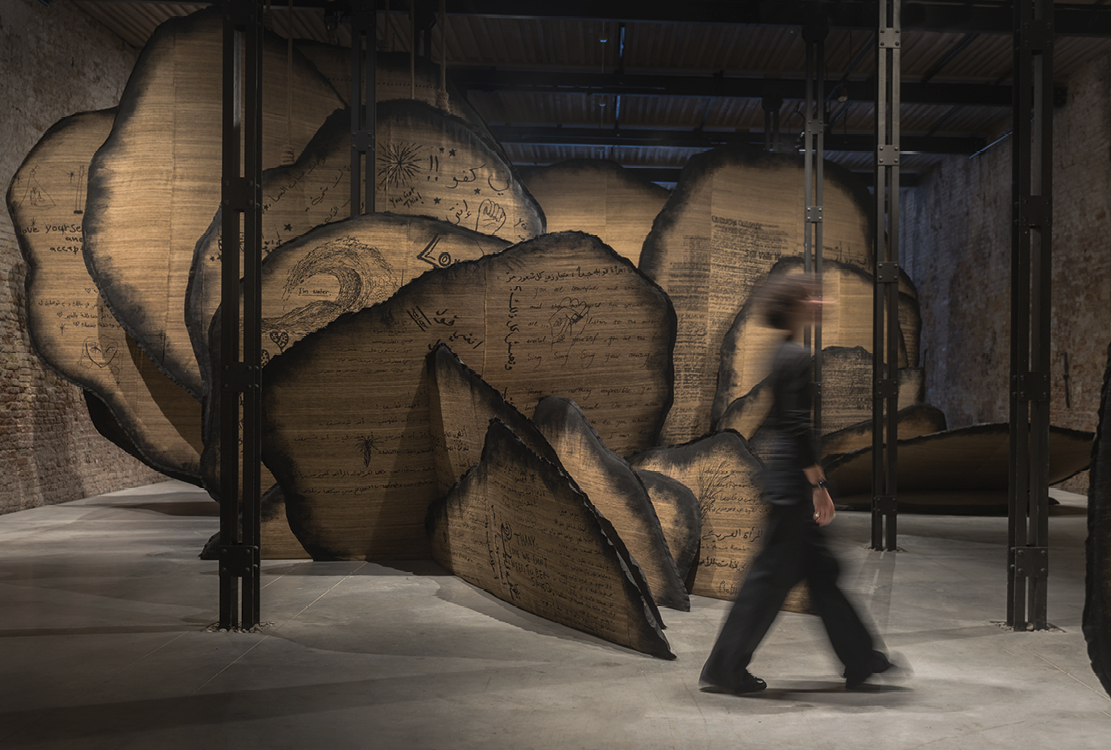
Similarly, the late Lebanese artist Etel Adnan, whose luminous abstractions and lyrical writings continue to be celebrated worldwide, reminds us that women’s contributions to art have always been present, even if recognition came late. Adnan’s practice, spanning painting, poetry, and philosophy, embodies the depth and multiplicity of voices that the region’s women bring to global discourse.
Contemporary Voices in Motion
The new generation is equally visionary. Saudi-Palestinian artist Dana Awartani merges traditional Islamic geometry with contemporary expression, reimagining heritage as a living, evolving language. Palestinian artist Layan Shawwa and Zeinab AlHashemi from the UAE explore the intersections of place, memory, and materiality, situating Middle Eastern experiences within broader questions of globalisation and identity.
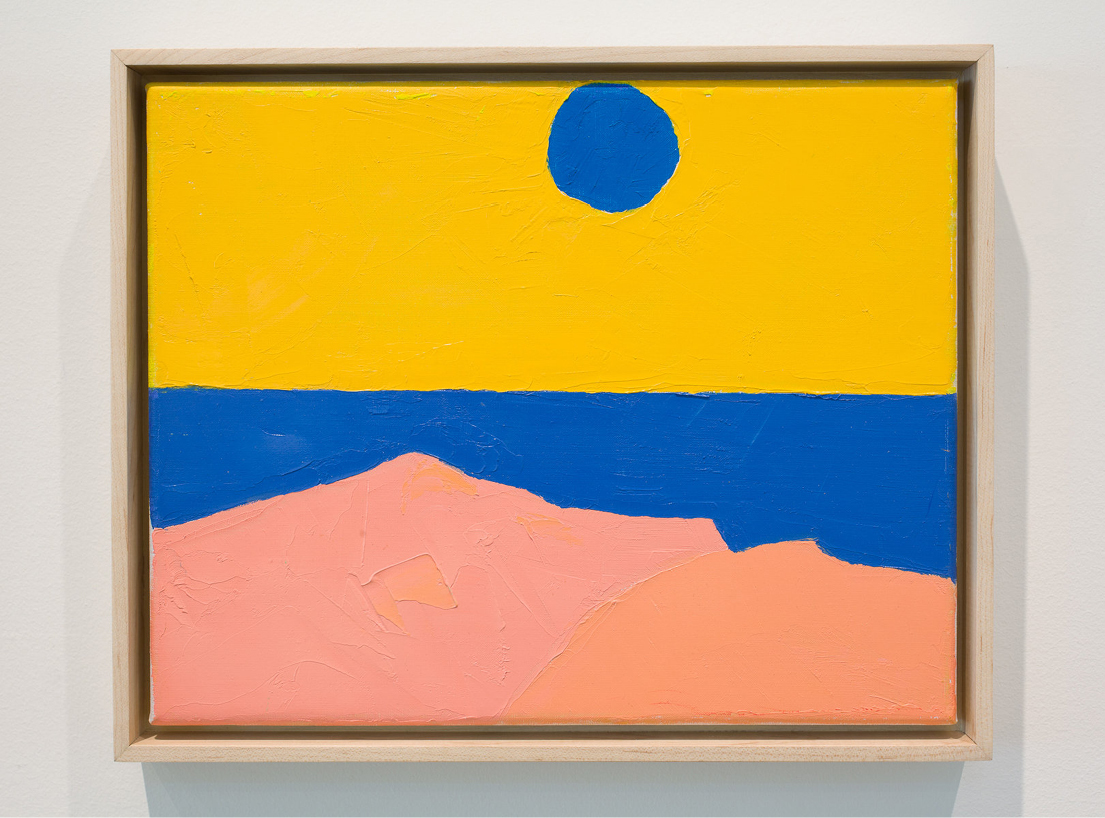
From Kuwait, Shurooq Amin uses sharp wit and bold commentary to confront cultural taboos. As she explains: “In my series, I explore the futility of censorship. I title my works after books, plays, films, and artworks that were once banned historically but later embraced, because what is censored today is often simply ahead of its time.” She explains. “By twisting these titles through a Middle Eastern lens, I create an ekphrastic relationship between word and image, where the title extends the painting and the painting extends the title, sparking reflection, dialogue, and conversation of topics society prefers to bury deep within its socio-cultural ‘norms’.” Her words underscore how many Middle Eastern women artists are not only questioning societal boundaries but also reframing them, inviting dialogue on issues that extend far beyond the region.
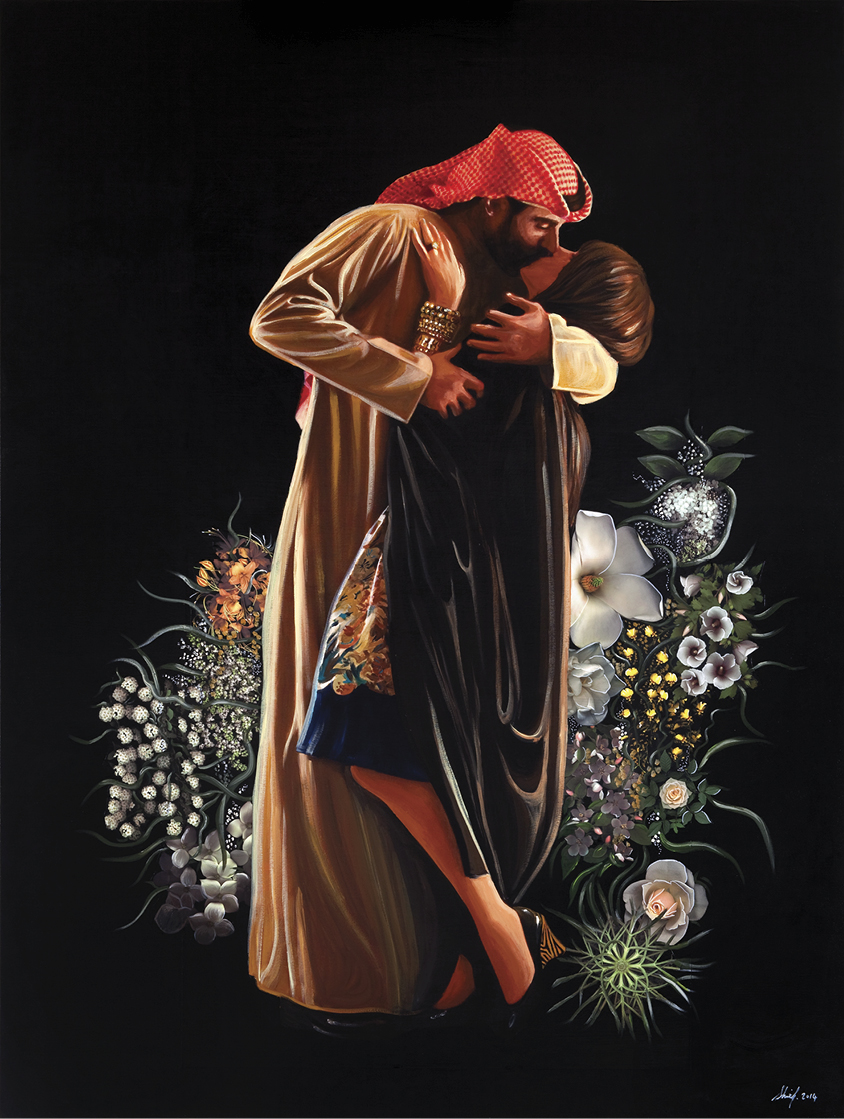
From Lebanon, Mona Hatoum continues to hold international sway with her installations, interrogating notions of exile, conflict, and the fragile body. Though her practice spans decades, her relevance is sharper than ever in a world still grappling with displacement and war.
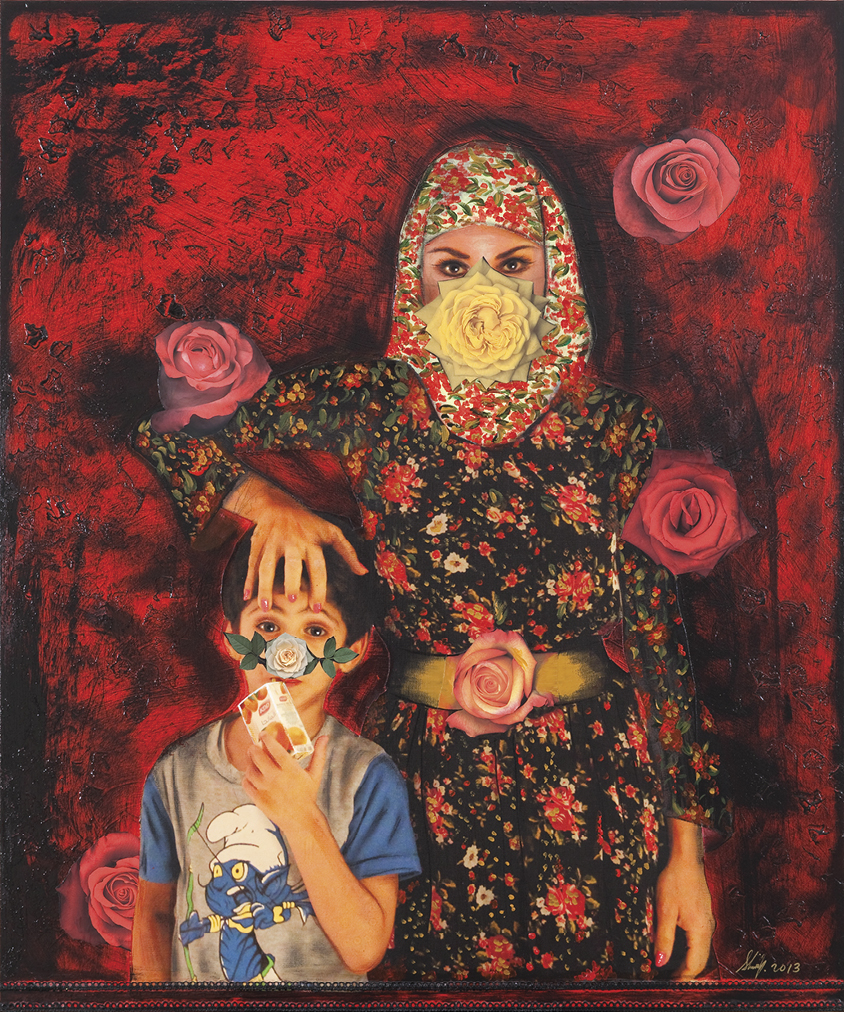
It is not only artists but also women curators, gallerists, and cultural leaders who are reshaping the ecosystem. Figures such as Reem Fadda, curator of the Sharjah Biennial, and Hoor Al Qasimi, Director of the Sharjah Art Foundation, have positioned the region as a hub for experimentation and dialogue. Their leadership underscores that women are not just part of the narrative but architects of its future.
Beyond Borders
What unites these artists and leaders is the ability to move seamlessly between the local and the global. Their works are deeply rooted in personal and regional histories, heritage, displacement, womanhood, and the body, but they transcend borders, finding resonance in galleries and museums from New York to London, Venice to Sharjah. This fluidity challenges outdated perceptions of Middle Eastern women and affirms their place as drivers of global cultural progress.
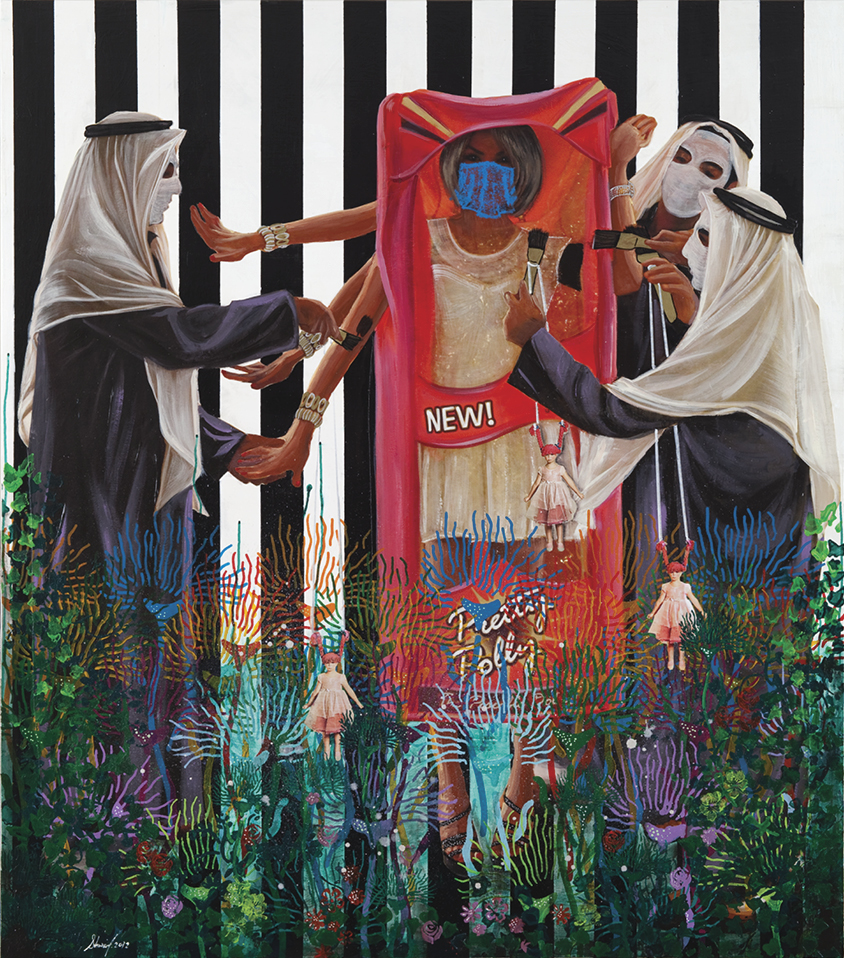
The conversation about women in art is no longer one of inclusion; it is one of transformation. The women artists of the Middle East are not simply adding to the story of contemporary art; they are rewriting it. With practices that bridge heritage and innovation, politics and poetry, they are leading us toward a future where art is not defined by geography but by vision.
As October’s cultural calendar unfolds, one truth is clear: the women of the Middle East are not only shaping the future of regional art, they are defining the future of art itself.


